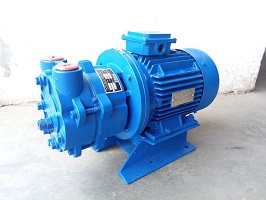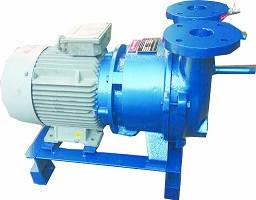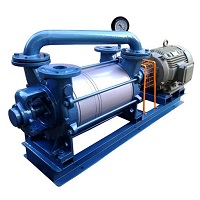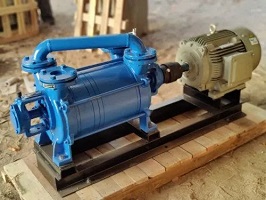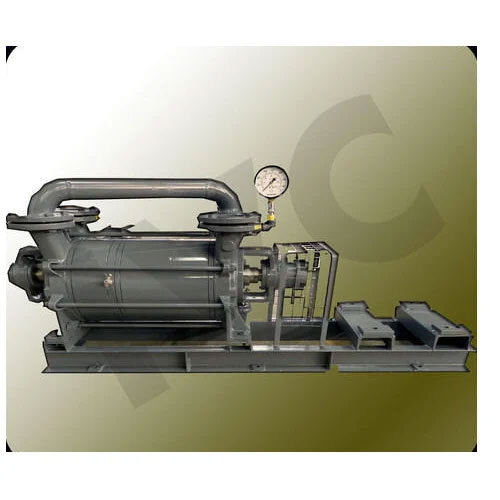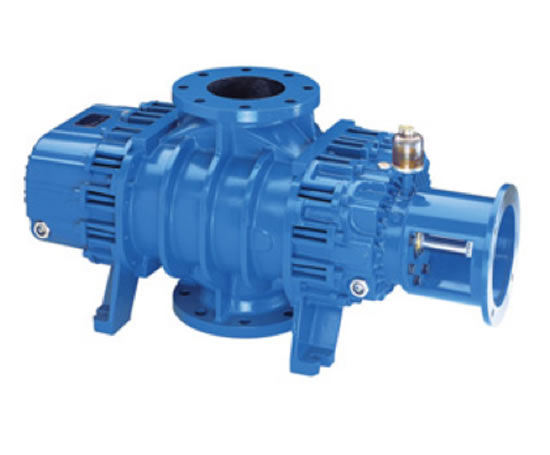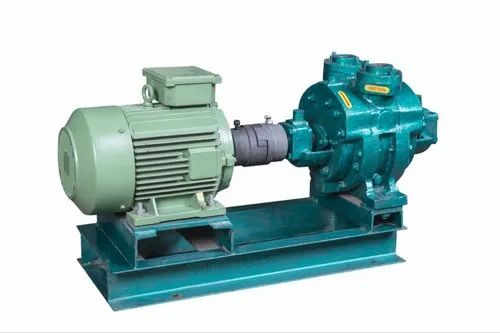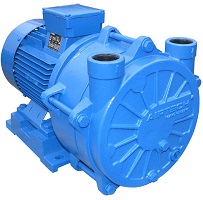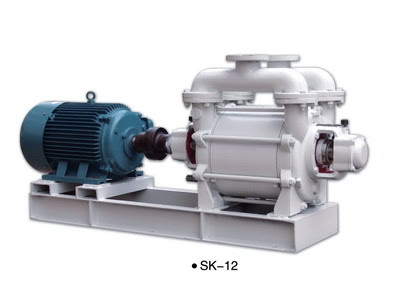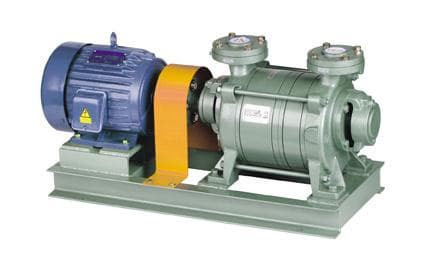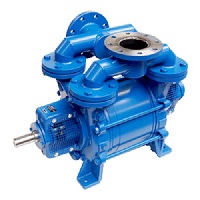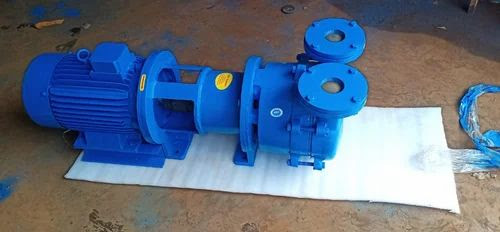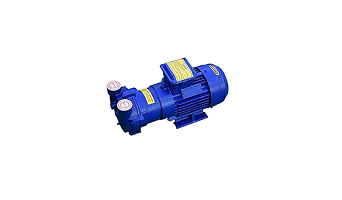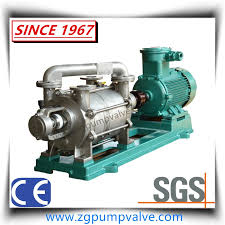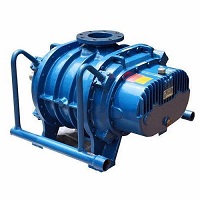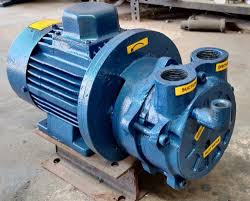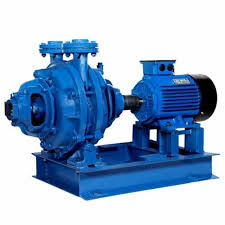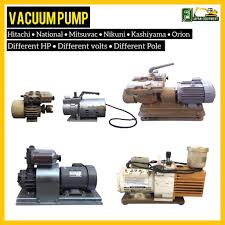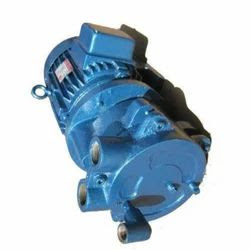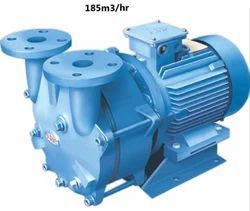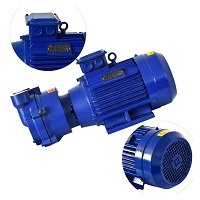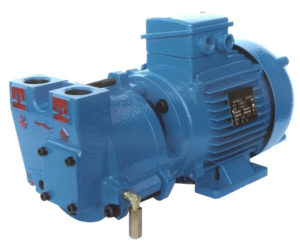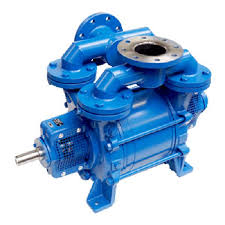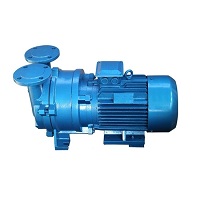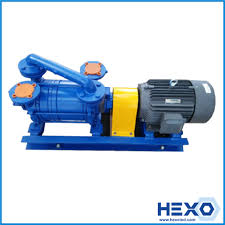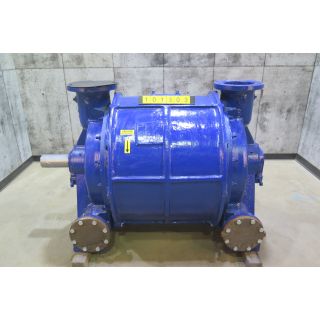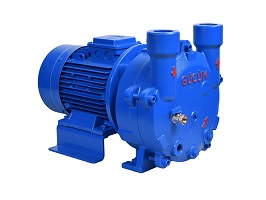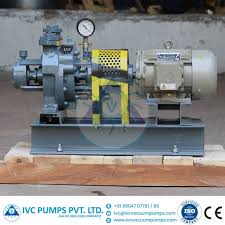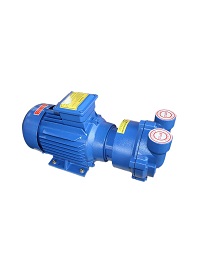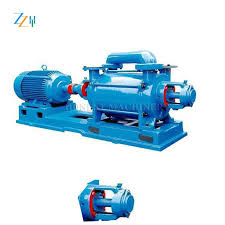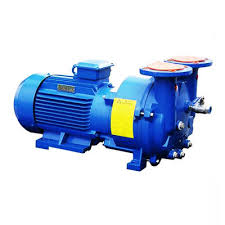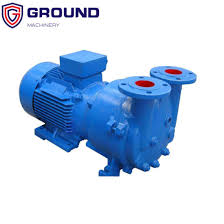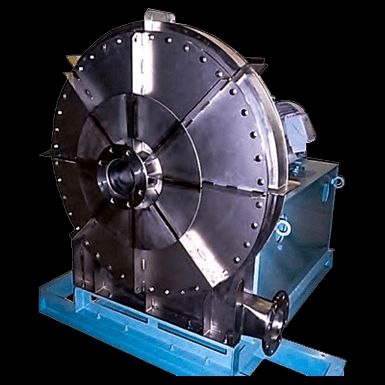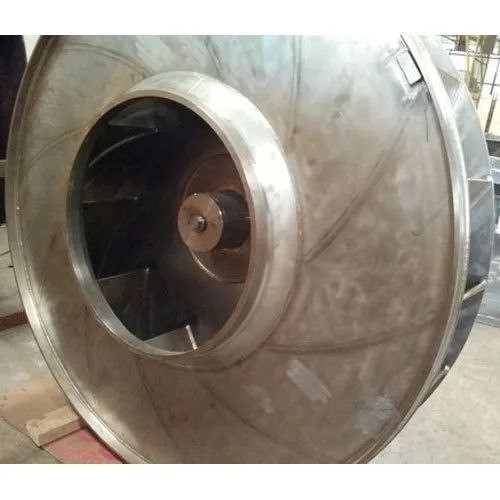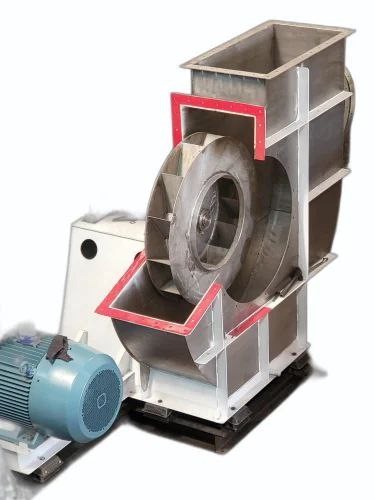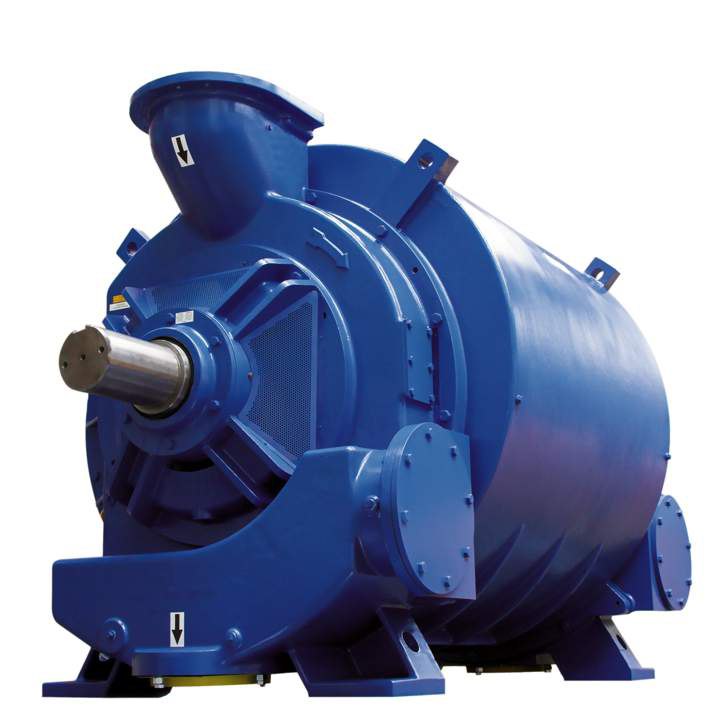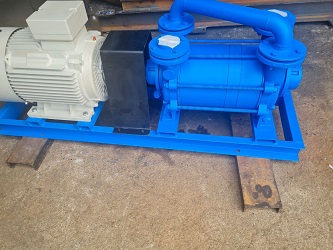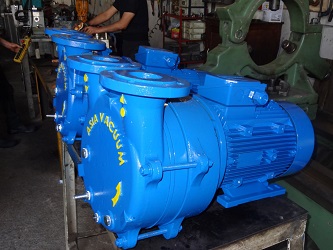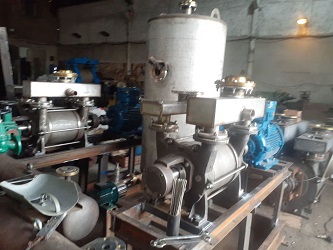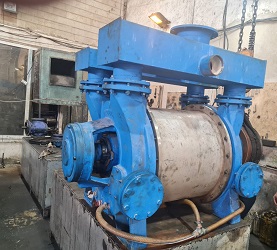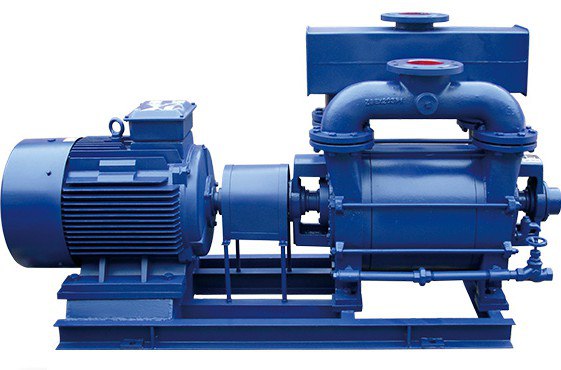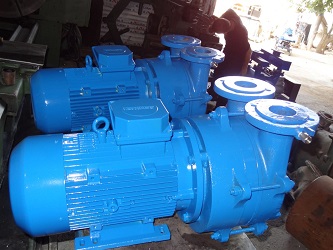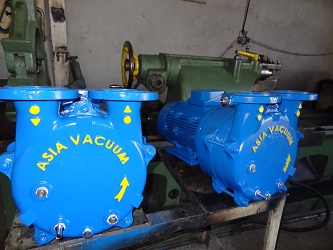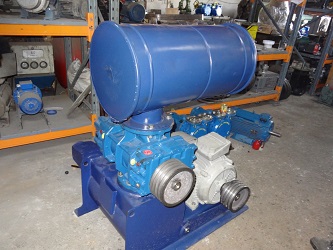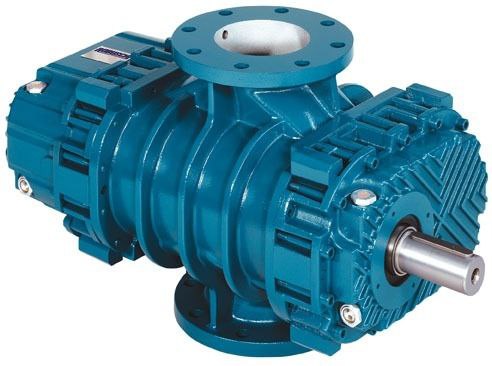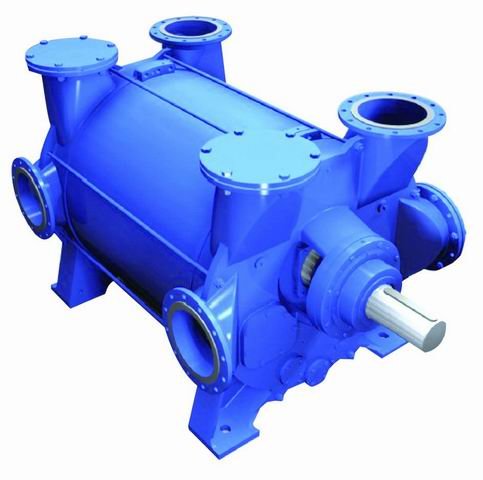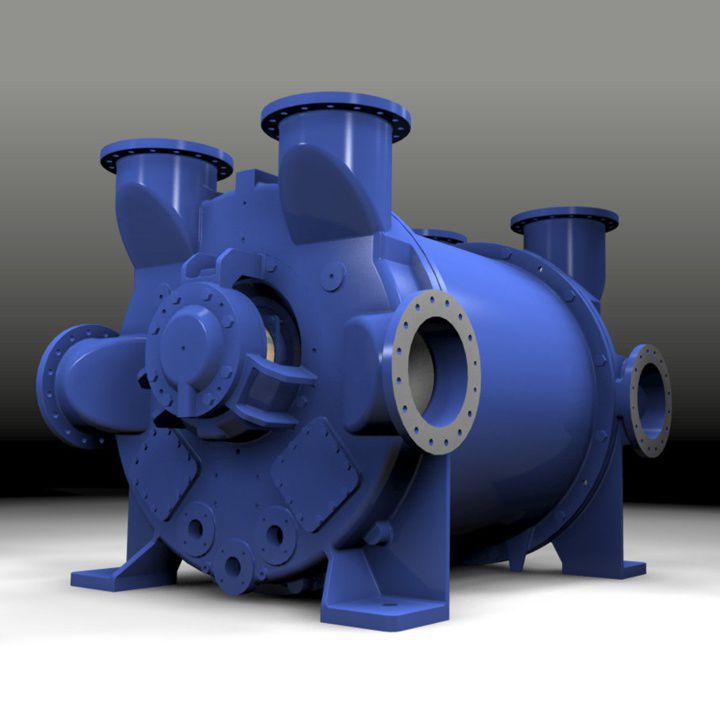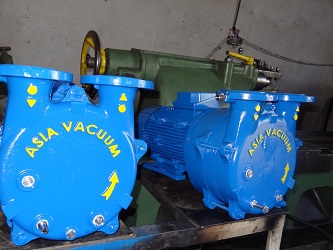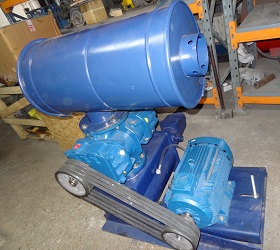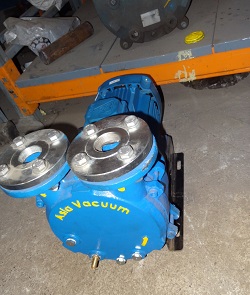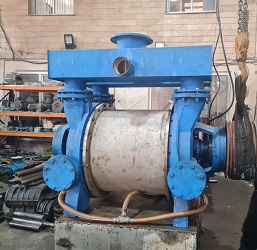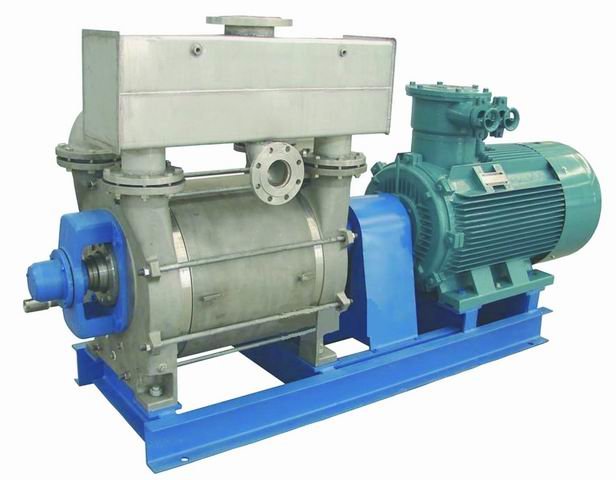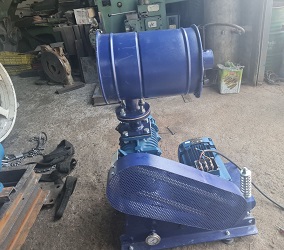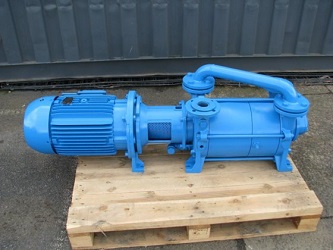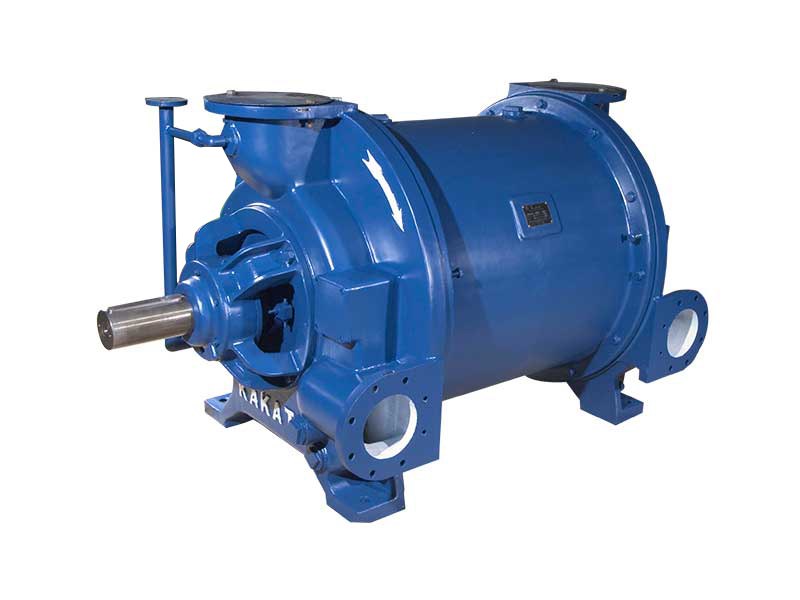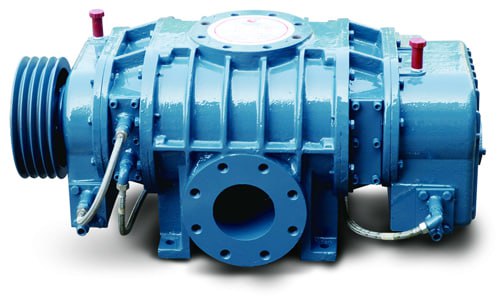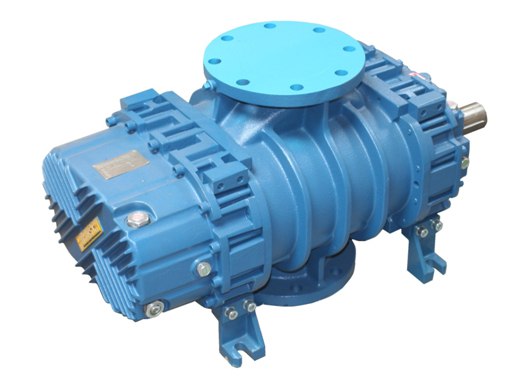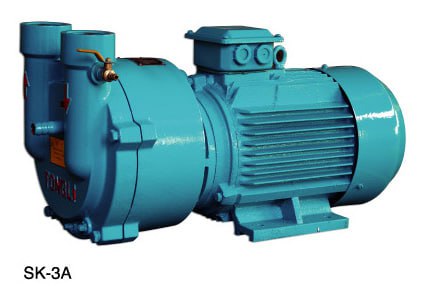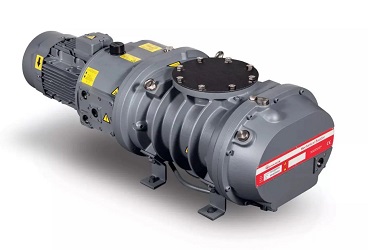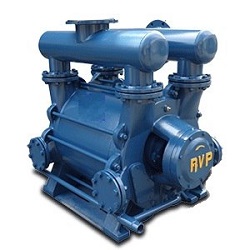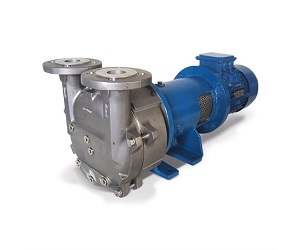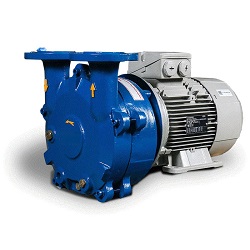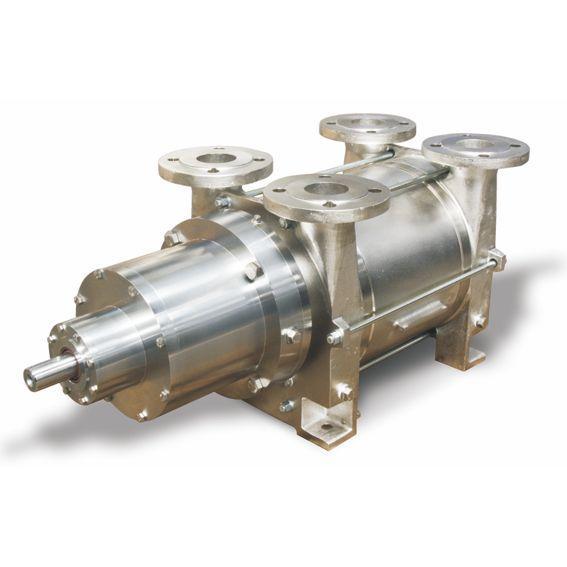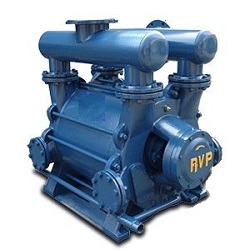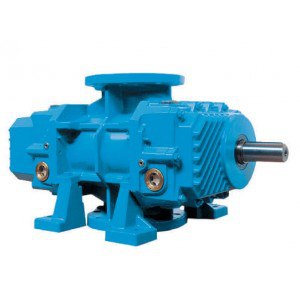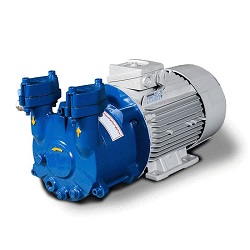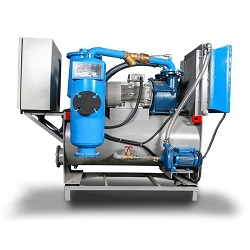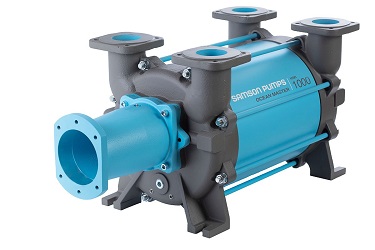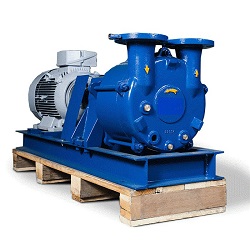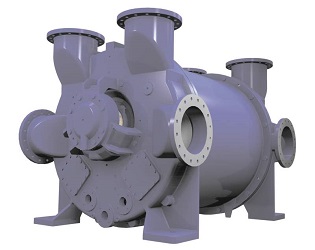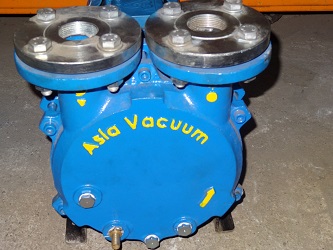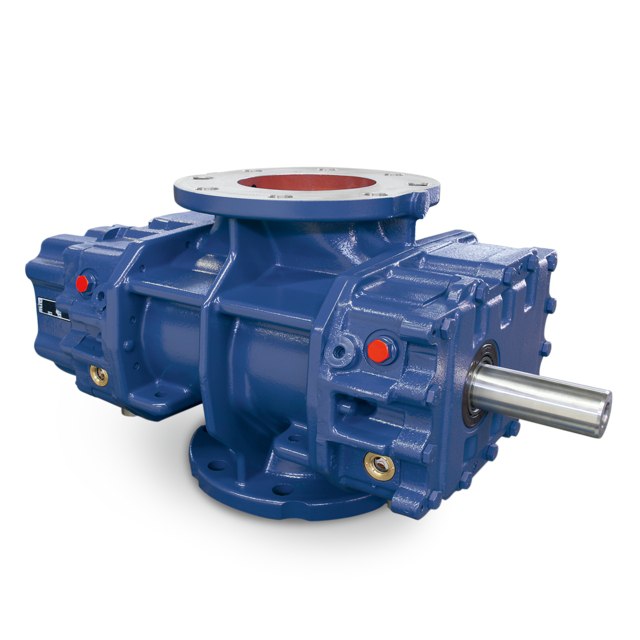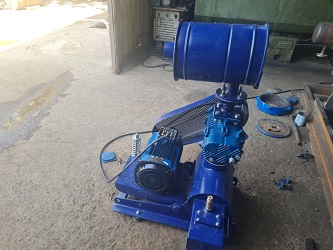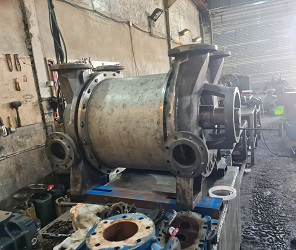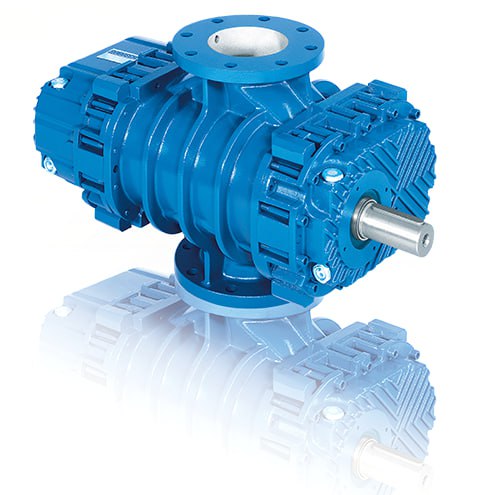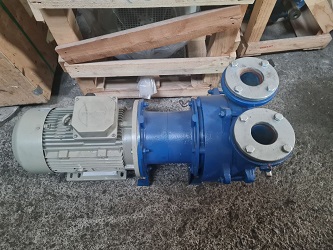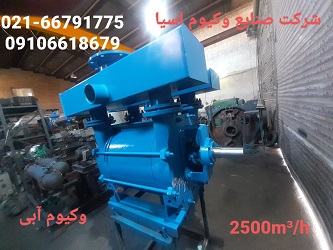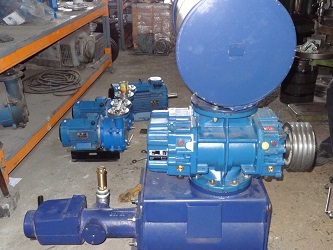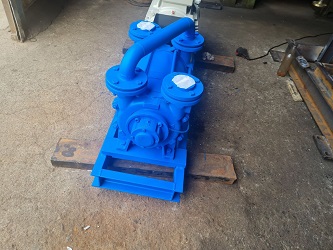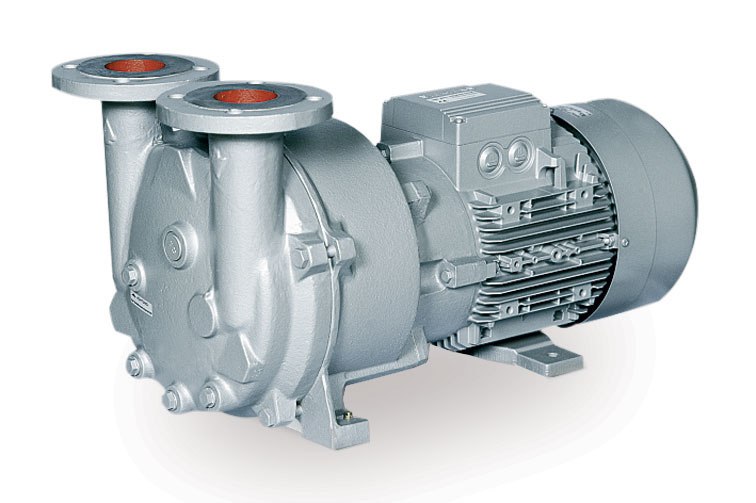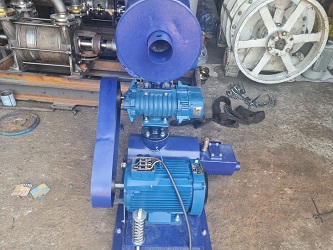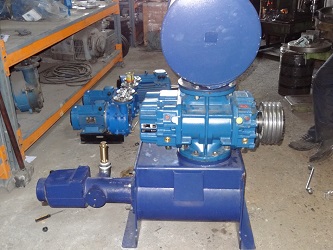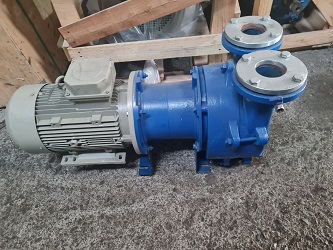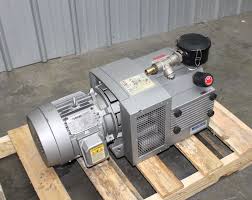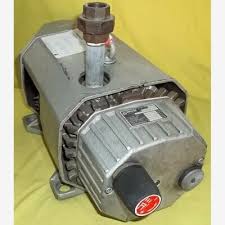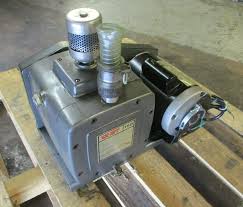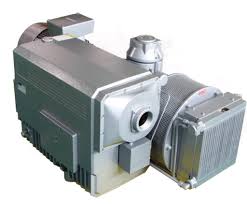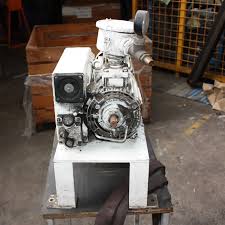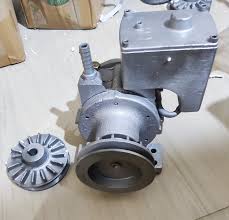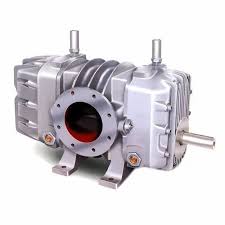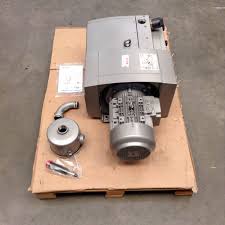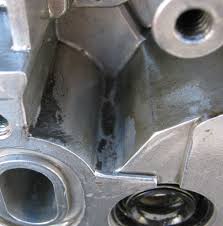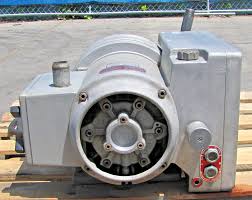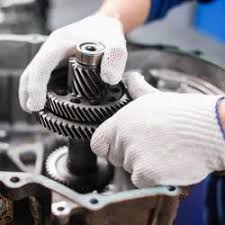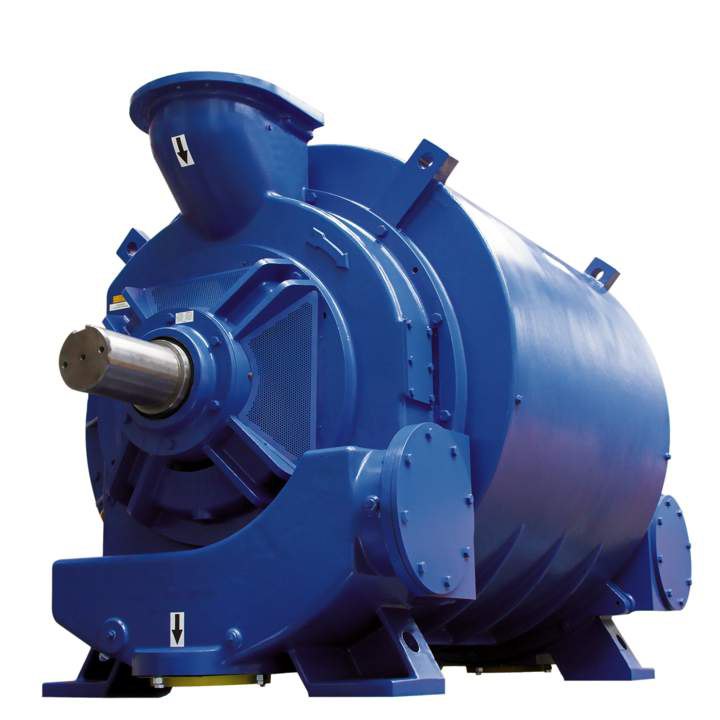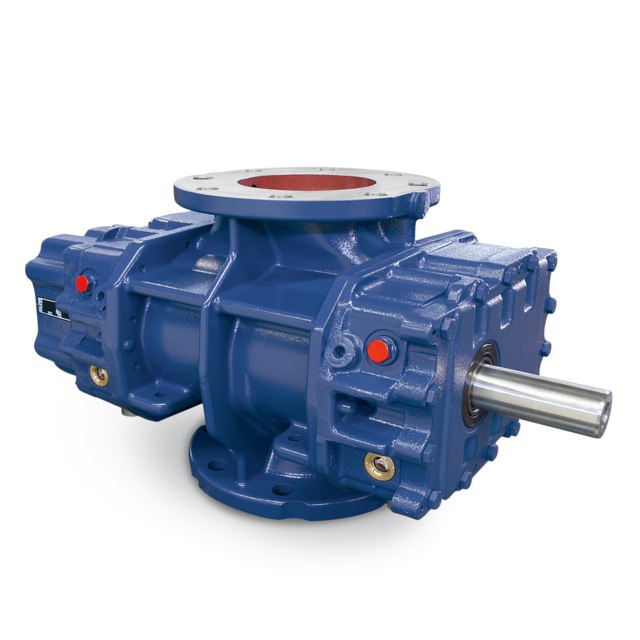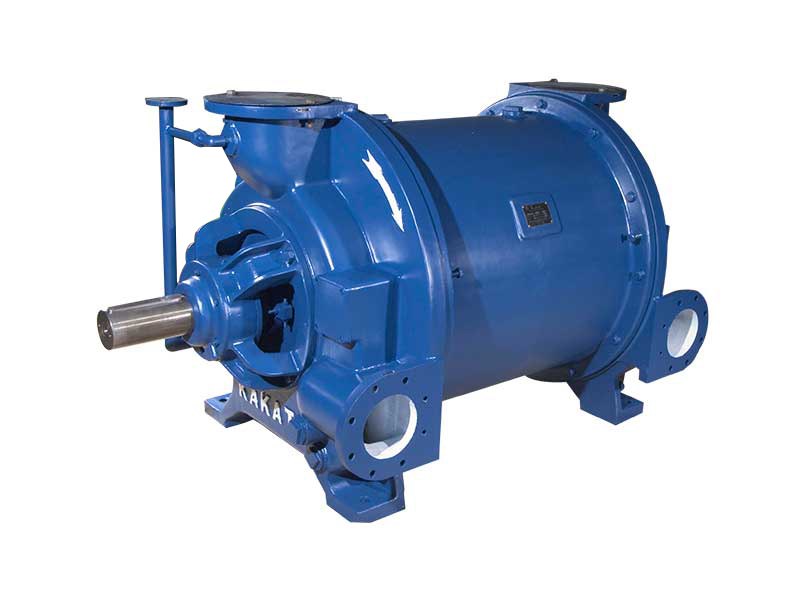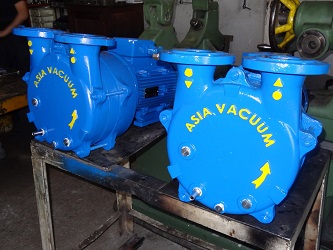قطعات پمپ وکیوم ضد آب
قطعات پمپ وکیوم ضد آب
پمپهای وکیوم ضد آب معمولاً برای استفاده در محیطهای مرطوب یا در شرایطی که خطر ورود آب به سیستم وجود دارد، طراحی شدهاند. این پمپها بهطور خاص برای جلوگیری از آسیب ناشی از رطوبت و آب به اجزا و عملکرد سیستم وکیوم ساخته میشوند. در زیر به قطعات و ویژگیهای این پمپها اشاره میشود:
اجزای اصلی پمپ وکیوم ضد آب:
- بدنه پمپ:
- مواد مقاوم در برابر آب: بدنه پمپ باید از مواد مقاوم به خوردگی و آب، مانند فولاد ضد زنگ یا آلیاژهای خاص ساخته شود.
- موتور الکتریکی:
- موتورهای الکتریکی باید دارای عایقبندی مناسب و پوششهای مقاوم در برابر رطوبت باشند تا از آسیب به موتور جلوگیری کنند.
- پیستون و سیلندر:
- این اجزا باید از موادی با مقاومت بالا در برابر رطوبت و سایش ساخته شوند. طراحی آنها باید به گونهای باشد که از نفوذ آب جلوگیری کند.
- واشرها و سیلها:
- واشرها و سیلهای استفاده شده در این پمپها باید از موادی مقاوم به آب و رطوبت (مانند سیلیکون یا تفلون) ساخته شوند.
- فیلترها:
- فیلتر ورودی: برای جلوگیری از ورود ذرات و رطوبت به داخل پمپ.
- فیلتر روغن: در صورت استفاده از پمپهای روغنی، این فیلترها باید از ورود آب به سیستم روغن جلوگیری کنند.
- لولهها و اتصالات:
- لولهها و اتصالات باید از موادی مقاوم به آب، مانند PVC یا PP، ساخته شوند و دارای طراحی مناسب برای جلوگیری از نشتی باشند.
- شیرهای کنترل:
- شیرها باید از مواد مقاوم به رطوبت و آب ساخته شوند و بهگونهای طراحی شوند که در برابر شرایط مرطوب کار کنند.
- سنسورهای فشار و دما:
- این سنسورها باید دارای پوششهای مناسب باشند تا از آسیب ناشی از رطوبت جلوگیری کنند.
- پایه و قاب:
- پایه و قاب پمپ باید از موادی مقاوم به آب و دارای طراحی ایمن باشد تا پایداری و استحکام پمپ را تضمین کند.
نکات مهم در استفاده:
- انتخاب مواد مناسب: حتماً از قطعات و موادی استفاده کنید که مقاوم در برابر رطوبت و آب باشند.
- نگهداری منظم: بررسی و نگهداری دورهای از پمپ و قطعات آن برای جلوگیری از مشکلات و افزایش عمر مفید سیستم ضروری است.
- محافظت از موتور: اگر ممکن است، از کاور یا محافظ برای موتور استفاده کنید تا از ورود رطوبت به آن جلوگیری شود.
نتیجهگیری:
پمپهای وکیوم ضد آب با استفاده از قطعات و طراحیهای خاص، ایمنی و کارایی بیشتری را در محیطهای مرطوب فراهم میکنند. انتخاب صحیح قطعات و نگهداری منظم میتواند به بهبود عملکرد و افزایش عمر مفید این سیستمها کمک کند.
وکیوم آبی – روغن وکیوم – بلوئر هوا – پمپ وکیوم – وکیوم پمپ – وکیوم روغنی – تعمیرات وکیوم – تعمیر وکیوم – تعمیر بلوئر – تصفیه روغن
از قطعات پمپ وکیوم
قطعات پمپ وکیوم یزد
قطعات پمپ وکیوم یاماها
قطعات پمپ وکیوم ها
قطعات پمپ وکیوم هوا
قطعات پمپ وکیوم هیدرولیک
قطعات پمپ وکیوم نیم اسب
قطعات پمپ وکیوم نسوز
قطعات پمپ وکیوم مرحله ای چیست
قطعات پمپ وکیوم مکانیکی
قطعات پمپ وکیوم لوازم یدکی
قطعات پمپ وکیوم لوازم
قطعات پمپ وکیوم لوله پلی اتیلن
قطعات پمپ وکیوم لوله مسی
قطعات پمپ وکیوم لوله
قطعات پمپ وکیوم کارواش
قطعات پمپ وکیوم کوچک
قطعات پمپ وکیوم قزوین
قطعات پمپ وکیوم قوی
قطعات پمپ وکیوم قیمت
قطعات پمپ وکیوم غرب
قطعات پمپ وکیوم غرب تهران
قطعات پمپ وکیوم عقربه ای
قطعات پمپ وکیوم عمده
قطعات پمپ وکیوم ضد جرقه
قطعات پمپ وکیوم ضد اسید
قطعات پمپ وکیوم ضخیم
قطعات پمپ وکیوم ضایعاتی
قطعات پمپ وکیوم ضد آب
قطعات پمپ وکیوم ضایعات



